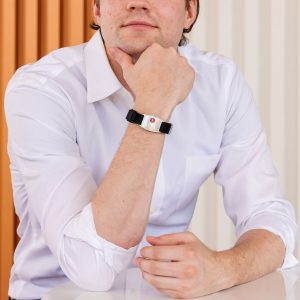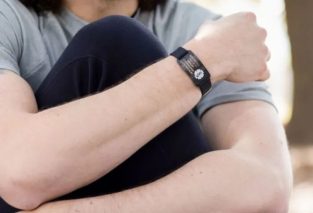Picking out the right medical ID can save your client or family member’s life in the event of an emergency.
If your client is unable to communicate or easily confused due Alzheimer’s disease or other underlying conditions, the medical ID will provide valuable information to first responders that allow them to promptly initiate treatment or contact you.
Here’s a quick rundown on different types of medical IDs and what information to include on the ID.
Different Types of Medical IDs
There are a wide range of different medical IDs available. Most importantly, it needs to be an ID that your client will always be comfortable wearing.
The traditional medical ID is a bracelet, and the next most common is a necklace. Other options include watch slides that fit onto an existing watch band (if your client regularly wears a watch), phone IDs, or a tag that secures to a shoelace.

Choose a style that your client appreciates and work with them to pick out the option that they prefer.
Digital IDs are also available and can be used in conjunction with a traditional ID for those with extensive medical histories.
What to Engrave on the Medical ID
Any chronic medical conditions that the client has should be listed on the medical ID. Examples include Alzheimer’s disease or other forms of dementia, diabetes, epilepsy, clotting disorders, and implantable devices such as pacemakers, cardiac stents, or joint replacements. Significant allergies to drugs, food, stinging insects, and topical substances such as chlorhexidine or iodine.
Anything that impairs the client’s ability to communicate such as being hard of hearing should also be noted.
Don’t forget to put your phone number as the emergency contact on the person’s medical ID and, if applicable, indicate who is their durable medical power of attorney and makes medical decisions for them.







